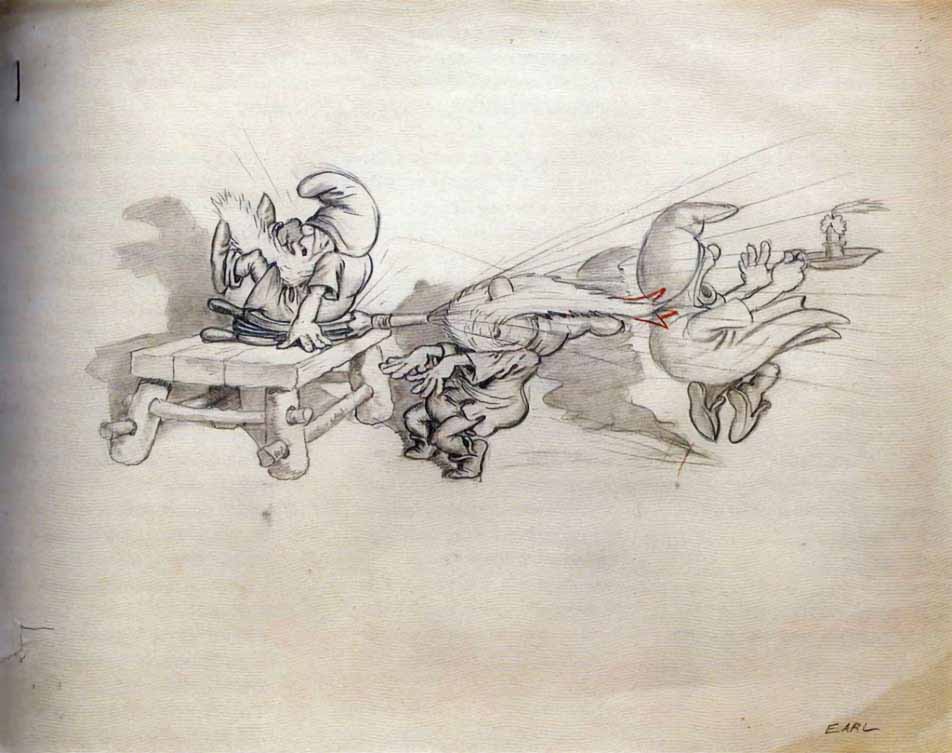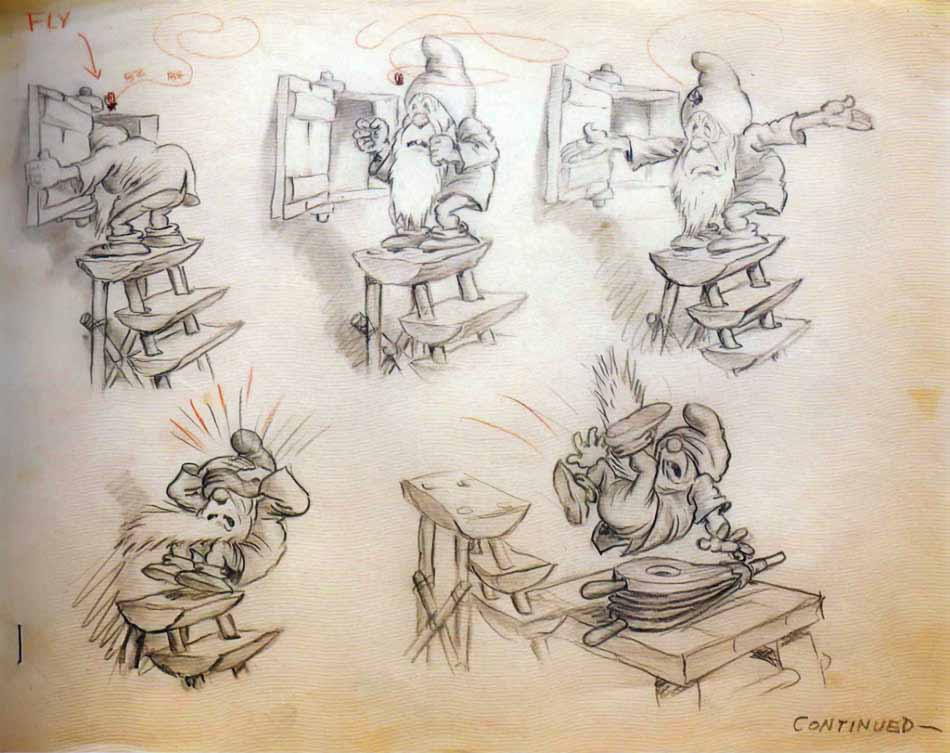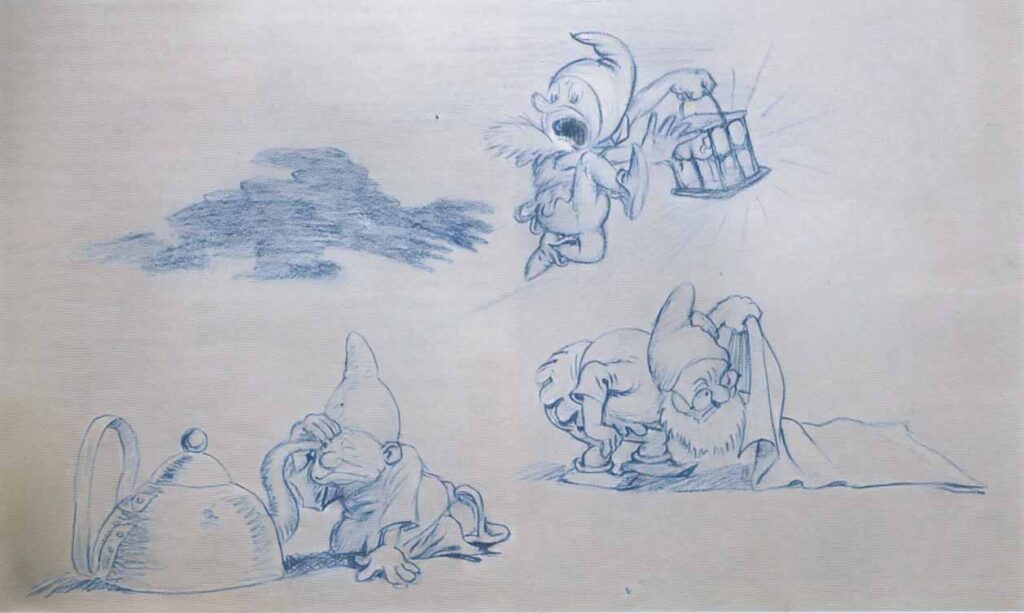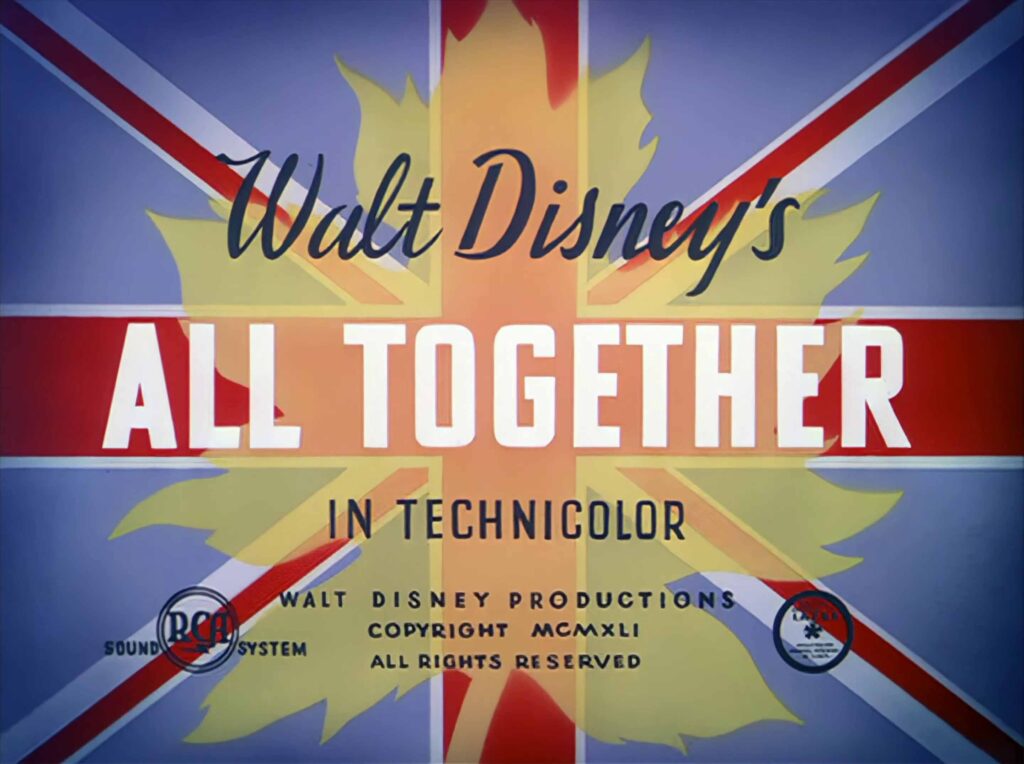Information
Full name: Fredrick Earl Hurd
Birth: September 14, 1880 in Kansas City, Missouri
Death: September 28, 1940 in Burbank, California
Worked at the Disney studio between:
1934 – 1940
Job on Snow White:
Scriptwriter
Worked on all sequences
Back to Main Titles
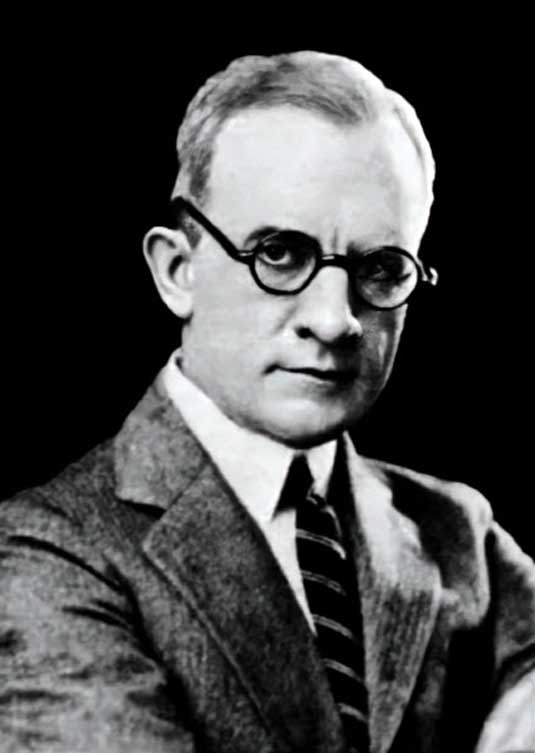
The inventor of the cel
Earl Hurd was a pioneering American animator and cartoonist whose innovations profoundly influenced animation. Initially, he worked as a newspaper cartoonist, producing comic strips like Trials of Elder Mouse and Brick Bodkin’s Pa for New York papers, which established his reputation as a creative talent in the early 20th century. His most prominent contribution to animation was the invention of cel animation, a technique where characters are drawn on transparent celluloid sheets placed over static backgrounds. This method saved time and effort since animators no longer had to redraw entire scenes repeatedly, a breakthrough that defined traditional animation for nearly a century.
In 1915, Hurd joined J.R. Bray’s animation studio and created the popular cartoon series Bobby Bumps, which followed a mischievous boy and his dog. This series not only entertained audiences but also demonstrated the practical use of Hurd’s cel animation technique, marking it as a pivotal moment in animation history. Hurd patented this technique, making him a recognized figure in the evolution of animated filmmaking, although the full impact of his innovation wasn’t immediately appreciated by his peers.
Hurd’s career was interrupted by World War I when he was drafted into the U.S. Army in 1917. After his service, he briefly worked for Paul Terry’s studio and later returned to Bray’s studio. In 1923, he ambitiously launched his own animation studio, Earl Hurd Productions, but was ultimately forced to close it in 1925 due to financial challenges. Returning to cartooning, Hurd created Susie Sunshine (1927–1929), a strip about a naive flapper girl published in The New York Evening Graphic and syndicated by King Features. After Hurd left, other cartoonists continued the series, which underwent multiple transformations and titles.
In the 1930s, Hurd returned to animation, joining Ub Iwerks’ studio, though he soon recognized that Walt Disney was the true creative powerhouse. In 1934, Hurd joined Disney Studios, where he contributed as both animator and story writer. He worked on notable Disney shorts like Two-Gun Mickey (1934) and Elmer Elephant (1936), and collaborated on early Pluto cartoons, including Mother Pluto and Pluto’s Quin-puplets. His influence also extended to Disney’s feature films, contributing to Snow White and the Seven Dwarfs (1937) and Fantasia (1940), two landmark achievements in animation.
Hurd’s legacy lies in his trailblazing work in cel animation and his contributions to both Disney’s classic animations and early American comic strips. Despite his passing in 1940, his impact endures in the animation industry, where cel animation remained a cornerstone technique until the advent of digital methods. His career spanned key developments in American comics and animation, and his innovations laid the groundwork for generations of animators.
Other productions
Here are other Snow White related productions that Earl Hurd worked on or where his worked was reused.

